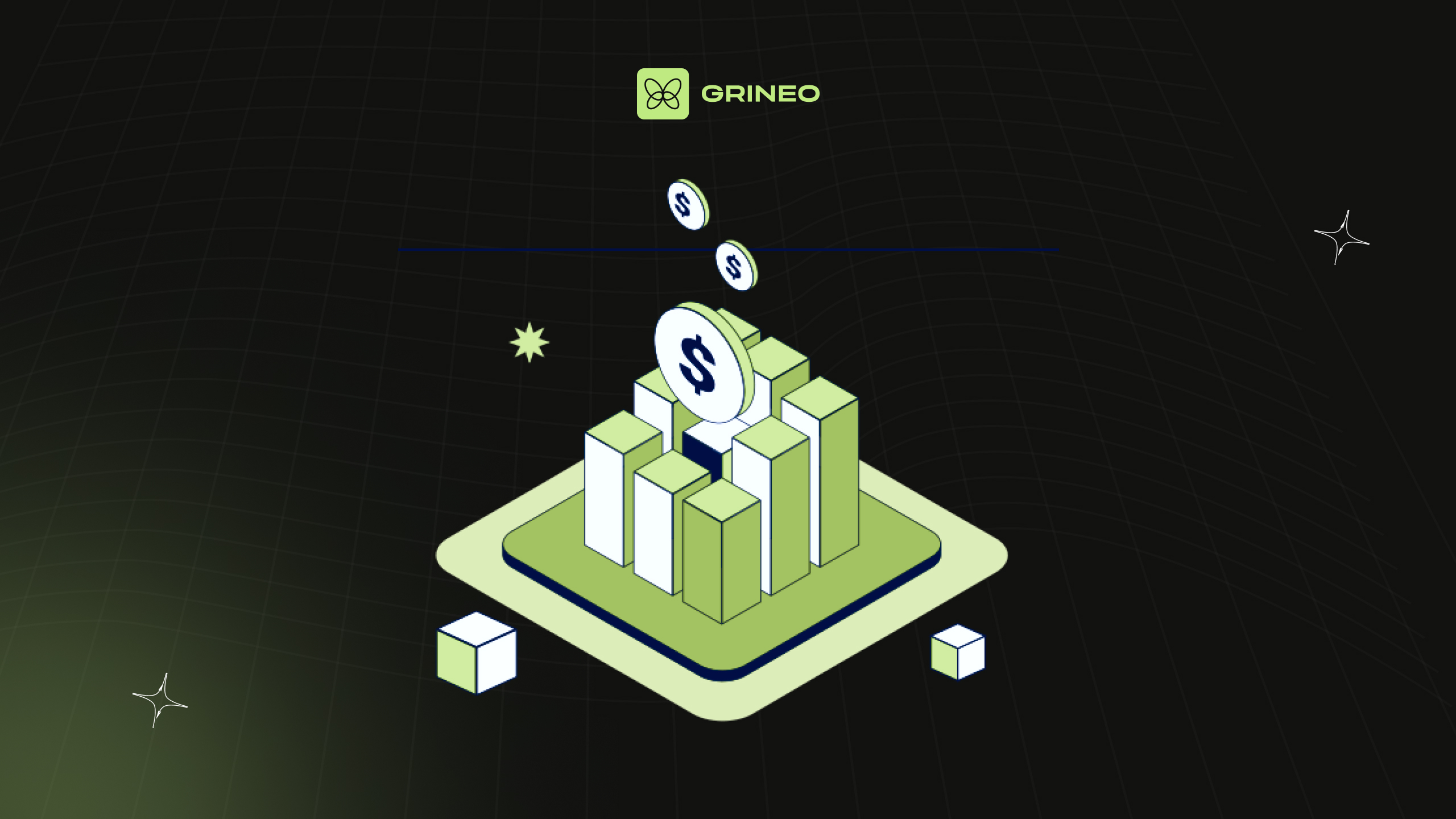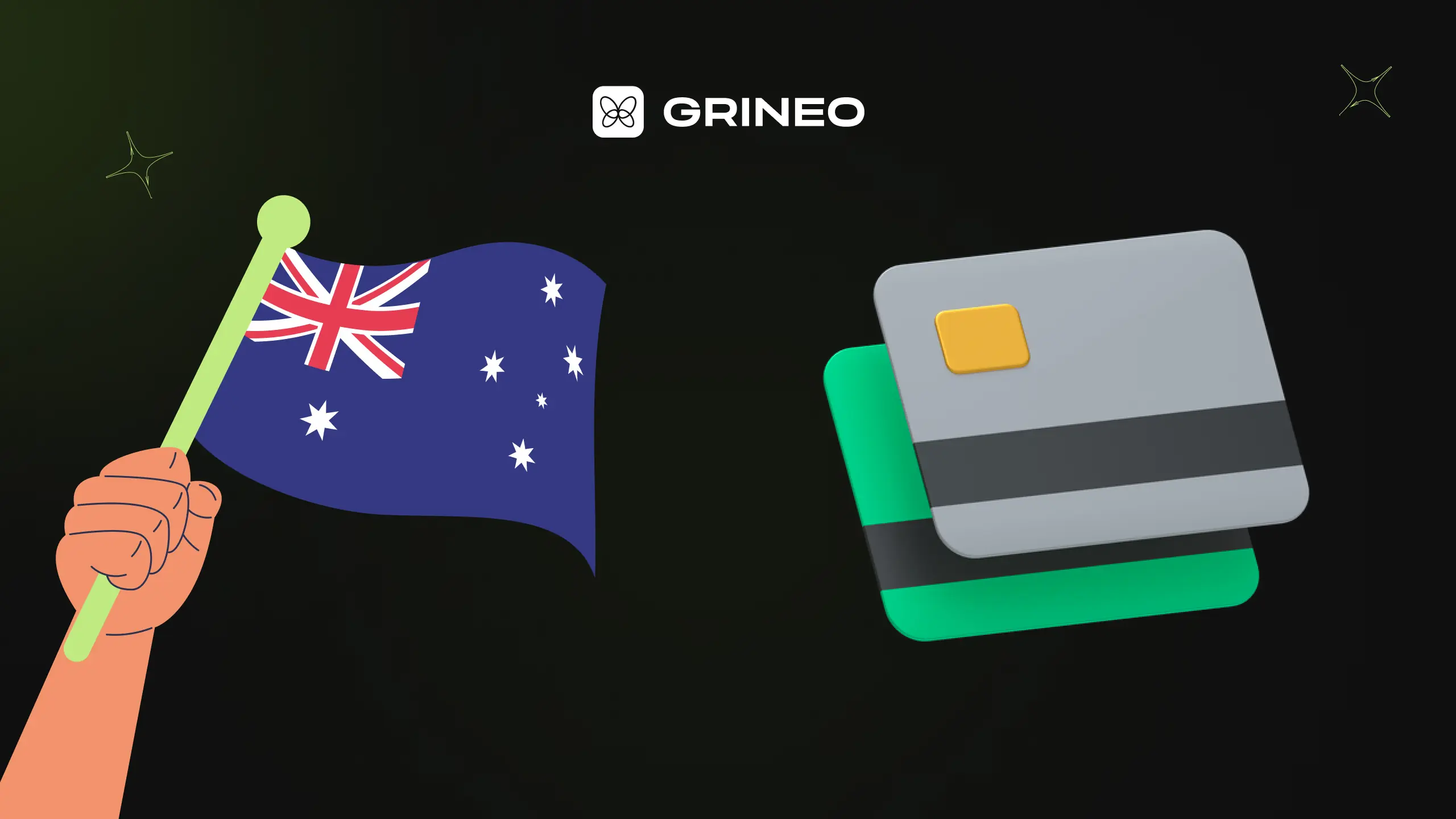Introduction to Crypto Trading in 2024

Crypto trading has continued to gain momentum and popularity over the years, and in 2024, it is expected to become even more mainstream. As the crypto market matures, more individuals and institutions are entering the space, making it an attractive option for investors and traders.
In 2024, the crypto market is projected to be more regulated and secure than ever before. With increased regulatory measures in place, investors can have more confidence in the legitimacy and stability of the crypto exchanges.
Advancements in technology have also made crypto trading more accessible and user-friendly. Trading platforms are becoming more intuitive and offer a wide range of tools and features to assist traders in making informed decisions. Additionally, the integration of artificial intelligence and machine learning algorithms has enhanced the accuracy and efficiency of trading strategies.
With the market becoming more competitive, traders need to stay updated with the latest market trends and news. Combined with proper risk management techniques, traders can navigate the crypto market successfully and maximize their profits.
Choosing a Crypto Exchange
Choosing a crypto exchange is a crucial step in crypto trading. With many exchanges available, you need to consider several factors to find the one that suits your needs. Here are some key points to consider when choosing a crypto exchange in 2024:
- Security: Security should be your top priority when selecting an exchange. Look for exchanges that have robust security measures in place, such as two-factor authentication, cold storage for funds, and regular security audits.
- Reputation: Research the reputation of the exchange within the crypto community. Look for reviews and feedback from other traders to assess the reliability and trustworthiness of the exchange.
- Variety of Coins: Check if the exchange offers a wide selection of cryptocurrencies to trade. Having access to a diverse range of coins will provide you with more trading opportunities.
- Liquidity: Liquidity refers to the ease of buying and selling cryptocurrencies on an exchange. Choose an exchange with high liquidity to ensure smooth and efficient trading.
- Fees: Consider the fee structure of the exchange. Look for reasonable trading fees and check for any hidden charges.
- User Experience: User-friendly interfaces and intuitive trading platforms can enhance your trading experience. Look for exchanges that offer user-friendly interfaces and provide comprehensive trading tools.
- Regulatory Compliance: Check if the exchange complies with regulatory standards in your jurisdiction. This ensures that your funds are protected and reduces the risk of potential legal issues.
By carefully considering these factors, you can choose a reliable and secure crypto exchange that aligns with your trading goals and preferences. Ensure that you conduct thorough research and due diligence before making a decision.
Setting Up Your Crypto Wallet
Setting up a crypto wallet is an essential step before engaging in crypto trading. A crypto wallet is a digital wallet that allows you to securely store and manage your cryptocurrency assets. Here’s a simple guide on how to set up your crypto wallet:
- Choose a Wallet Type: There are different types of crypto wallets, including hardware wallets, software wallets, and online wallets. Hardware wallets, such as Ledger and Trezor, offer the highest level of security as they store your private keys offline. Software wallets, like Exodus and Electrum, and of course, Grineo, are stored on your computer or mobile device. Online wallets, like Coinbase and Binance, are accessible through the internet.
- Download the Wallet: Once you’ve chosen the wallet type that suits your needs, visit the official website or app store to download the wallet. Ensure that you download the wallet from a trusted source to avoid scams or malware.
- Create a Wallet: Follow the on-screen instructions to create your crypto wallet. This usually involves setting a strong password and generating a recovery phrase. The recovery phrase is a series of words that can be used to restore your wallet if it’s lost or compromised.
- Secure Your Wallet: After creating your wallet, enable all available security measures, such as two-factor authentication (2FA) and biometric authentication (if applicable). These additional layers of security will protect your funds from unauthorized access.
- Transfer Funds: Once your wallet is set up and secured, you can transfer funds from the exchange to your wallet. Simply generate a receiving address from your wallet and use it to withdraw your desired amount of cryptocurrency from the exchange.
Remember to keep your wallet software and operating system up to date and regularly backup your wallet to ensure the safety of your funds. By following these steps, you can set up a secure and reliable crypto wallet to store and manage your digital assets.
Fundamental Analysis for Crypto Trading
Fundamental analysis is an essential tool for crypto traders to evaluate the intrinsic value and potential growth of a cryptocurrency. It involves analyzing various factors that can have an impact on the value of a digital asset, such as the project team, technology, market competition, and regulatory environment.
Some key factors to consider when conducting fundamental analysis include:
- Team and Leadership: Assess the experience, expertise, and reputation of the project team. Look for teams with a strong track record and a clear vision for the future.
- Technology and Innovation: Evaluate the underlying technology of the cryptocurrency and its potential for real-world adoption. Consider factors such as scalability, security, and privacy features.
- Market Demand and Adoption: Look for evidence of market demand and adoption of the cryptocurrency. Consider factors such as partnerships, integration with existing platforms, and user adoption.
- Competition and Market Position: Evaluate the competition in the market and the cryptocurrency’s position relative to its competitors. Consider factors such as market share, unique selling propositions, and barriers to entry.
- Regulation and Legal Environment: Assess the regulatory landscape for cryptocurrencies in the relevant jurisdictions. Consider factors such as compliance with regulations, legal partnerships, and the potential impact of future regulations.
By conducting thorough fundamental analysis, traders can make informed decisions and identify opportunities for profitable trades in the crypto market. Remember, however, that fundamental analysis is just one tool in a trader’s arsenal, and it should be used in conjunction with other analysis methods for a comprehensive evaluation.
Technical Analysis for Crypto Trading
Technical analysis is a popular method used by crypto traders to make informed trading decisions based on historical price data and market trends. It involves studying charts, patterns, and indicators to identify potential price movements and entry/exit points.
Key components of technical analysis for crypto trading include:
- Chart Patterns: Traders analyze patterns such as support and resistance levels, trendlines, and chart formations like triangles, wedges, and double tops/bottoms. These patterns provide insights into potential price reversals or continuations.
- Indicators: Technical indicators, such as moving averages, relative strength index (RSI), and MACD, help traders identify overbought or oversold conditions, trend strength, and potential market reversals.
- Volume Analysis: Analyzing trading volume can provide insights into market liquidity and the strength of price movements. High volume during a price increase or decrease can indicate market participation and validate price movements.
- Candlestick Patterns: Candlestick patterns provide visual representations of price action and can indicate potential reversals or continuation of trends. Patterns like doji, hammers, and shooting stars can provide valuable information to traders.
Successful technical analysis requires a solid understanding of these components and the ability to interpret them accurately. Traders often combine multiple indicators and patterns to develop a comprehensive trading strategy. It is important to note that technical analysis is subjective and should be used in conjunction with other analysis methods for a well-rounded trading approach.









